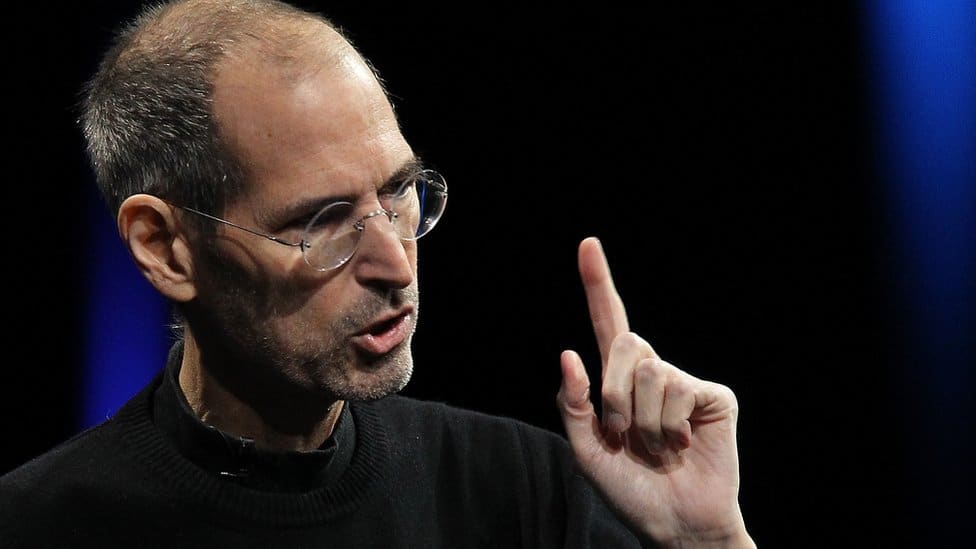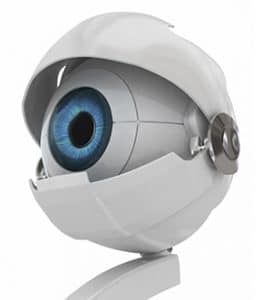Steve Jobs: “Your presentation is pedantic and boring.”
It wasn’t one of Steve Jobs’ longer emails. Just six brutal words, rattled off as easily as he might say, “Have a good day.”
The lucky recipient? A former colleague from my time working on the NeXT business long ago. After the success of iMac, he had sent Steve a presentation with a “big idea” for Apple and eagerly awaited the reply.
Safe to say, this wasn’t the reply he was hoping for.
Having seen his less-than-stellar enclosure beforehand, I can’t say I was surprised. What he received was a classic Steve-mail, concise and blisteringly honest. Such communiqués were kind of entertaining—as long as they weren’t directed at you.
Over the years, this little story has served as a reminder about the power of presentation. It pops into my head whenever I’m exposed to the proper stimulus—like last week’s Apple event. So, if I might borrow the words of the master…
Dear Tim: your presentation is pedantic and boring.
I watched the entire event, wishing it would get better with every passing minute. It didn’t. But that gave my mind plenty of room to wander. Mostly, I marveled how Apple events, once the main attraction in the tech world, had sunk to this level.
In Tim’s defense, one could say that the market is very different now, and Apple has to deal with that. (Pause for empathy.) But the need to captivate audiences will never change, and Apple is not dealing with that.
The end result is that this event did a fair job of informing and a miserable job of delighting. The problem was not the content—it was the presentation.
In 2008, Steve created Apple University, which was designed to help incoming executives better understand what makes Apple Apple. Presentation is actually one of the topics studied there. Is it too late for Tim to sign up? Or, he might just open his eyes—Steve’s event playbook is well-known, well-loved and sorely-missed.
The prime missing ingredient today: an actual show. Steve’s events were LIVE. With living, breathing humans on stage and in the audience. This is the opposite of the canned (and mostly lifeless) performances Apple has assembled in recent years.
What seems to be forgotten is that Apple events are not just about products. They’re about the Apple brand. They need to showcase both Apple innovation and the humanity that drives it—and do so with the Apple personality.
Steve had a fundamental belief that Apple’s marketing should be as creative as the products it sells. Tim’s format for Apple events, repeated ad nauseam, has all the excitement of a product brochure. His events fall flat because they are flat—pre-cooked, sanitized and homogenized. They are ‘safe,’ which is the enemy of ‘creative.’
So, what to do?
Here’s an idea. Tim flexes his CEO muscle, snaps his fingers and creates a ‘moonshot’ team dedicated to rethinking Apple’s approach to product events. There’s a world of possibilities out there. Not to spoil the ending, but I suspect the best of them would be built around a live presentation.
A few years ago, Tim actually was a ‘live’ guy, following the format that Steve applied so successfully. He went virtual because the pandemic made that necessary, and he never looked back. Apparently, his inner COO was seduced by presentations that were efficient, slick, repeatable… and safe.
Steve Jobs had a way of simplifying the mission for us marketers. Creating focus was one of his greatest talents. Apple would benefit if Tim did the same. His wish list for future events could be summed up in two simple ways—
Less pedantic. Less boring.


I couldn’t agree more! Let’s get back to the spirit of tuning into a live event even remotely, as that was part of what made things feel more energized. I love your brochure analogy and definitely feel that way when watching from home these past few post pandemic years.
Hey Ken, great to hear from you again! I think your analysis is spot on.
But! If you had Steve Jobs, surely the advice would be: do it live! But if you only had Bill Gates (the very definition of boredom), what would you say? Maybe: In that case, do a fancy video and hope for the best.
What’s your advice if the most charismatic person on stage is Greg Joswiak? He’s basically a talking robot—it doesn’t make any difference if it’s live or not. His words are pre-canned, over-cautious, and he’ll repeat his three talking points even if you throw him under a bus.
What would you say about this: don’t put yourself in a situation where you’re constantly measured against your (better) past. The past is behind you. Change tracks. Do something different. Leave it behind.
That said, I enjoyed the live presentations, because they were honest, and the company had to face real customer reactions. Customers had a voice. It wasn’t just preaching — it was a way of taking the customer seriously. A way to show that you care.
You wrote that the show was not just about products, but also about the brand. But the brand isn’t only represented by the products. It’s also reflected in the amazing stores, the architecture, and the beautiful spaces Apple creates. That message doesn’t fit on a stage with a grey carpet. Apple showed this in the videos. So, among the losses, this is a win.
By the way, I learned a lot from your books.
Totally agree with you, Ken. Totally.